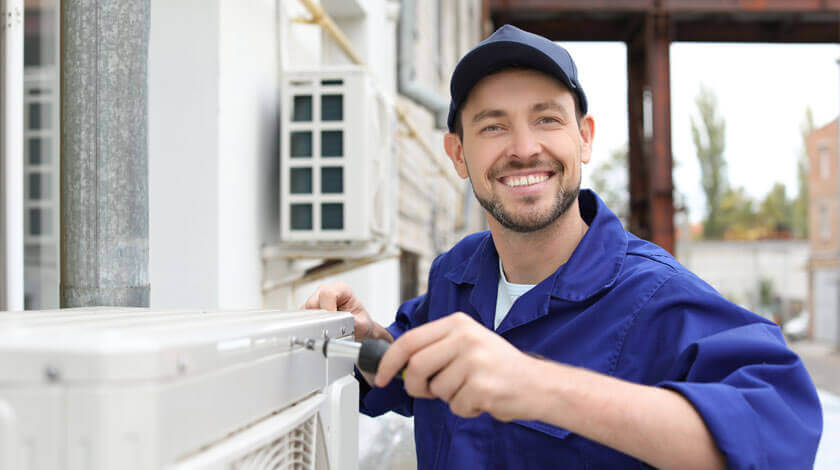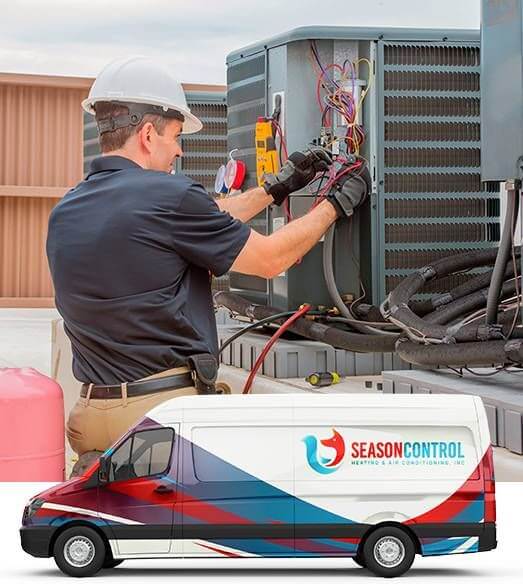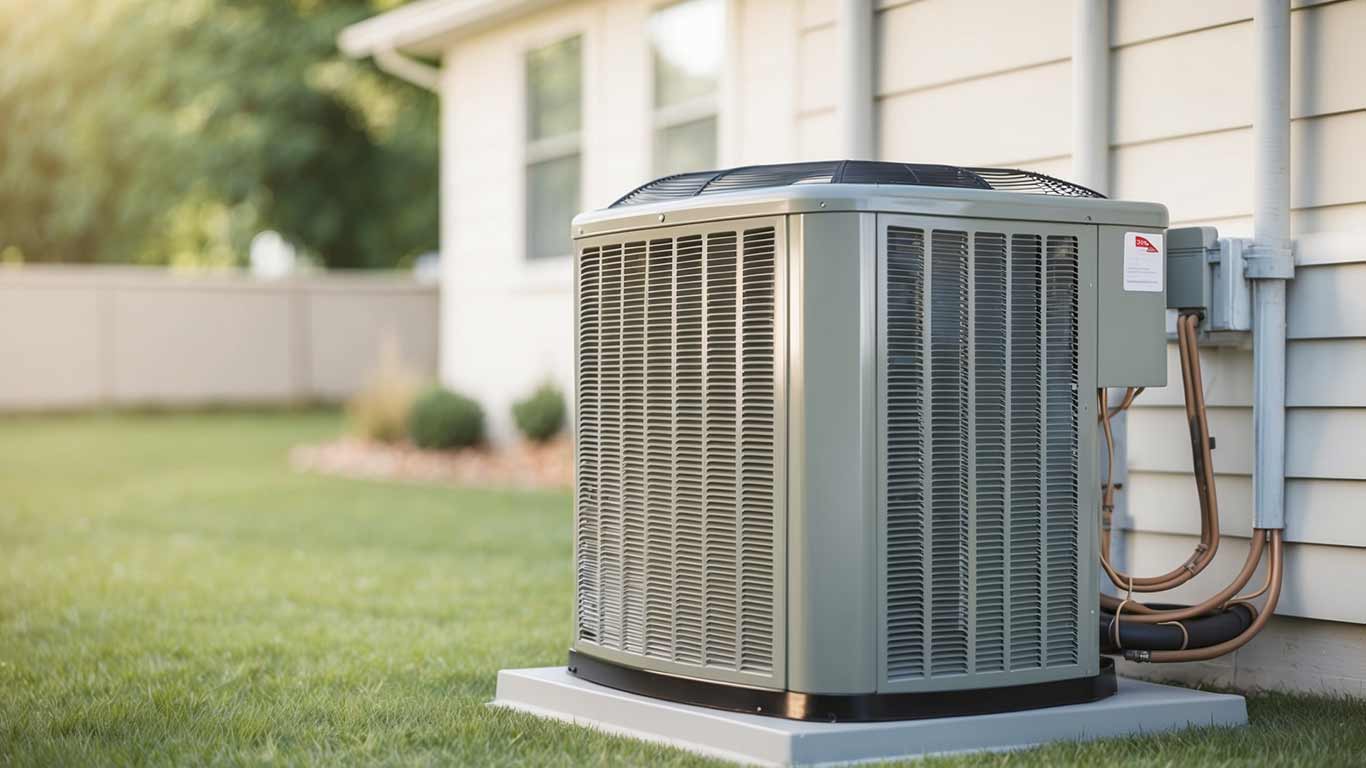How Much Does Commercial HVAC Cost?
Introduction
In the bustling city of Los Angeles, businesses thrive in a competitive environment. Ensuring a comfortable atmosphere for employees and customers is crucial, which is where commercial HVAC systems come into play. Understanding how much does commercial HVAC cost can save you time and money while ensuring your establishment remains efficient. This article will explore various factors influencing HVAC costs, helping you make informed decisions.
How Much Does Commercial HVAC Cost?
When considering the total cost of a commercial HVAC system, it's essential to note that multiple elements come into play. The overall cost typically ranges from $10,000 to $200,000 or beyond, depending on the size of the building, type of system, and installation complexity.
Factors Influencing Commercial HVAC Costs
- Different types of HVAC systems exist: split systems, packaged units, and ductless mini-splits. Each has its pros and cons affecting cost.
- Larger buildings require more extensive systems, increasing both equipment prices and installation costs.
- If your building has unique structural features or existing ductwork issues, installation can become more complicated and expensive.
- Energy-efficient models may have higher upfront costs but offer long-term savings on utility bills.
- Labor rates in Los Angeles might differ from other regions; thus, hiring local professionals like Season Control Heating & Air Conditioning may be advantageous.
- Local regulations might necessitate permits that add to your total expenses.
- Regular maintenance ensures longevity but adds to the overall expense depending on the plan you choose.
By considering these factors, you can better estimate how much does commercial HVAC cost for your specific needs in Los Angeles.

Types of Commercial HVAC Systems
1. Split Systems
Split systems consist of two main components: an indoor unit and an outdoor unit. These are popular for their efficiency and flexibility in cooling larger areas.
2. Packaged Units
Packaged units combine all components in one box outside the building. They’re a space-saving option suitable for smaller buildings.
3. Ductless Mini-Splits
These systems are beneficial for buildings without ductwork since they use small air handlers placed throughout the space to provide heating or cooling efficiently.
Commercial HVAC Installation Costs Breakdown
1. Equipment Costs
The cost of equipment varies significantly depending on the type selected:
- Split systems: $5,000-$15,000
- Packaged units: $10,000-$20,000
- Ductless mini-splits: $3,000-$10,000 per zone
2. Labor Costs
Labor costs can vary widely based on local rates:
- Average hourly rate: $75-$150
- Total labor for installation may range between 20% to 40% of total project costs.
| System Type | Equipment Cost Range | Labor Cost (Estimated) | |-------------------|----------------------|-------------------------| | Split Systems | $5,000-$15,000 | $1,500-$6,000 | | Packaged Units | $10,000-$20,000 | $2,000-$8,000 | | Ductless Mini-Splits| $3,000-$10,000 | $800-$4,500 |
3. Additional Costs
- Permits and inspections: Typically around $500
- Ductwork modifications: Ranges from $1,500 to upwards of $5,000
- Thermostats and controls: Can add another few hundred dollars
Long-Term Savings with Energy-Efficient Models
Investing in energy-efficient models might seem costly at first but offers substantial long-term savings through reduced utility bills and potential tax incentives or rebates available in California for such upgrades.
Understanding SEER Ratings
The Seasonal Energy Efficiency Ratio (SEER) measures an air conditioner's cooling output during a typical cooling season divided by its energy input during that same period:
- Higher SEER ratings mean better efficiency.
- An increase in SEER rating often correlates with higher initial investment but leads to savings over time due to less energy usage.
Understanding Maintenance Costs
Regular maintenance is vital for keeping your system running smoothly in Los Angeles’ climate:
1. Routine Maintenance Plans
Many companies offer maintenance plans which typically include:
- Biannual inspections
- Filter changes
- Cleaning components
Pricing ranges between $150 to $500 annually depending on services included:
| Service Type | Frequency | Estimated Cost | |----------------------|-------------------|---------------------| | Inspection | Twice a year | $100-$300 per visit | | Filter Change | Monthly | ~$10 per filter | | Cleaning Components | Annually | ~$200 |
2. DIY Maintenance Tips
Some maintenance tasks can be done by business owners themselves:
- Replace filters regularly.
- Clean outdoor units from debris.
By staying proactive about maintenance tasks like these can help avoid more significant repairs down the road!
Choosing an HVAC Contractor in Los Angeles
Selecting the right contractor is crucial when installing or maintaining your commercial HVAC system:
1. Research Local Options
Look for contractors specializing in commercial work; Season Control Heating & Air Conditioning stands out as a reliable choice available 24/7.

2. Verify Credentials
Ensure potential contractors have proper licenses and insurance before hiring them:
- Check online reviews.
- Ask for references from past clients.
3. Get Multiple Quotes
seasoncontrolhvac.comAlways get at least three estimates before making a decision; this helps ensure you receive fair pricing without sacrificing quality workmanship!
FAQs About Commercial HVAC Costs
1. What is the average lifespan of a commercial HVAC system?
A well-maintained system can last anywhere from 15 to 25 years; however life expectancy varies based on usage patterns and maintenance practices employed.
2. How do I know if my system needs replacement?
Signs include frequent breakdowns or repairs costing more than half the price of new equipment; also consider age versus performance efficiency!
3. Are there any tax credits available for upgrading my system?
Yes! Federal tax credits may apply depending upon certain criteria set forth under IRS guidelines – consult with your accountant or tax professional regarding eligibility specifics!
4. What’s included in a typical maintenance plan?

5 Do energy-efficient models really save me money?
Absolutely! While higher upfront costs exist upfront savings accrue over time via lower utility bills making them worthwhile investments overall!
6 Is it necessary to hire professionals for installation?
Yes! Properly installed equipment maximizes performance minimizing future issues arising later down line…
Conclusion
Navigating how much does commercial HVAC cost involves understanding various factors influencing price points while considering long-term benefits associated with efficient models alongside robust maintenance plans ensuring optimal functionality throughout their lifespan! For businesses located within vibrant Los Angeles communities looking reliable assistance – reach out today Season Control Heating & Air Conditioning provides expert service around clock ready assist whenever needed!